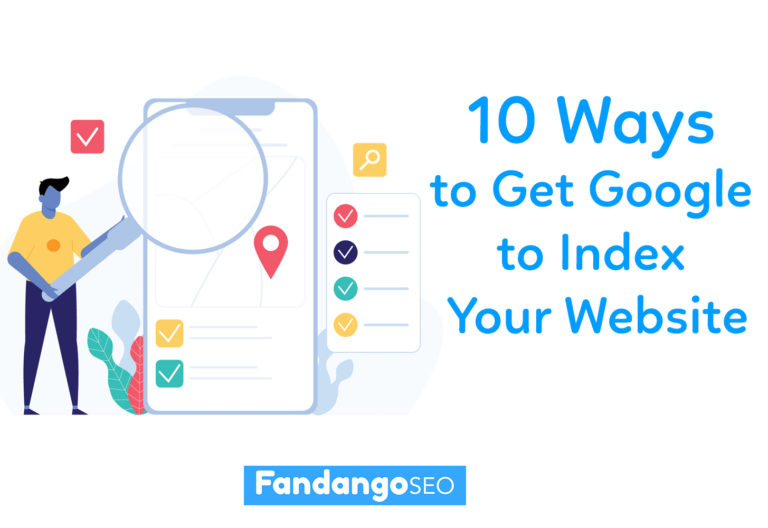Images play a key role in SEO as they improve the user experience and increase your organic traffic. However, you need to know how to optimize them correctly. In this article, we show you how to get the most out of your website’s images.
But first, let’s start with the basics.
Table of Contents
What is image SEO?
Image SEO refers to the tasks to optimize images so that they get a good ranking position in SERPs.
Search engines try to understand the images, just as they do with the web pages. Therefore, you want your images to be SEO-friendly and make them meaningful.
Why You Should Care About Image SEO
You should care about image SEO firstly because images play an essential role in achieving quality organic traffic. Today, we can access the ‘View Image’ option on Google, so there are many more possibilities for users to reach the page.
By doing image-oriented SEO, you optimize the images for users, search engines, and people with visual disabilities so they can better understand your website’s content.
The truth is that image SEO is crucial for some businesses more than others. You do not always search for images to solve your queries, and Google knows that, so it usually shows regular pages in its results.
However, in those cases where pictures frequently appear as a query result, image SEO is vital. This could be the case, for example, of online stores or sites containing news about famous people.
SEO best practices for images: how to generate more traffic by optimizing images
But what can be done to optimize a site’s images for SEO? Let’s see which are the best ways to achieve it:

Choose the best file type
Almost all images found on websites are JPEG, PNG, and GIF. Each of these formats has a different compression method, so file sizes can vary significantly, which is of fundamental importance.
This is because the images are usually the most critical factor in the page’s total size, making it load more or less quickly. And the page loading time is a fundamental classification factor in SEO.
So, you have to choose the most appropriate file type for each image, which is the one that offers the right compression with the lowest quality reduction. And in this sense, JPEG usually takes the lead. This does not mean, of course, that it is always the best choice.
Reduce your image file size
Today, images make up a large part of the total weight of a web page. Explicitly, the average percentage hovers around 21%, according to a study by HTTP Achieve. Hence, there’s no doubt that by compressing your pictures, you can considerably improve the speed of your site.
Between two images, one with much more kb than the other, there may be little visual difference, and even this may be practically indistinguishable. Google has very extensive documentation about image optimization for the web, concluding that to get the best results, you have to experiment with different quality settings for images without fear of reducing the quality. The visual results can be excellent, and the savings quite large.
How to compress your website images
There are two common types of image compression techniques. These are the lossy compression and the lossless compression.
In lossy compression, some data in the file is removed permanently, not being restored to its original form after decompression. Using this method you can reduce the image size significantly, however, you have to be careful as it has the disadvantage of degrading it. It is recommended to use Adobe Photoshop photo editing online tool or other image editors to adjust the image quality settings.
In lossless compression, the original data in the file remains after it is uncompressed. This method does not affect the image quality, although you have to uncompress the image before it can be rendered. Again, you can use Adobe Photoshop for this compression or online tools like Optimizilla, Resize Photos or Compress Now.
Clean up your media library
Get rid of unused images on your media library. Having full of unsued files can slow down your website. Plus, it will become more and more challenging for you to manage your images if you don’t perform a cleanup from time to time.
You can easily clean up your WordPress media library using an image cleanup plugin like wp-optimize or media cleaner.
Give your images an appropriate name
Google says that the name of the file can give you clues about the image’s subject. It has been warning us about it for years. However, during this time, there have been advances that have led Google to improve its ability to recognize images.

But the search engines are still not perfect, so you have to ‘make it easy’ for them to understand the images. Of course, this does not mean overloading it with keywords, but rather putting simple, descriptive file names.
Use subtitles and a descriptive alt text
The alternative text describes the image and is what the browser shows to people who use a screen reader. In addition, the browser also displays the alt text if there is a problem when reproducing images.
When choosing the alternative text it is essential to create useful and informative content that includes the keywords properly and is in tune with the page’s context. Of course, you should avoid keyword stuffing in the alt text.
Create an image sitemap
Google has recognized that images are an essential source of information to understand the topic of your site. Make sure to provide additional details about the images, and use a sitemap to facilitate search engines to find them.
Final thoughts
SEO for images is a topic with many points to address, and as we said, Google provides lots of documentation you can learn from. However, in general, we must ensure that images can contribute to a good user experience, with good quality, but reducing their weight as much as possible.
Last Updated on May 22, 2024 by Victor Perez Vas




